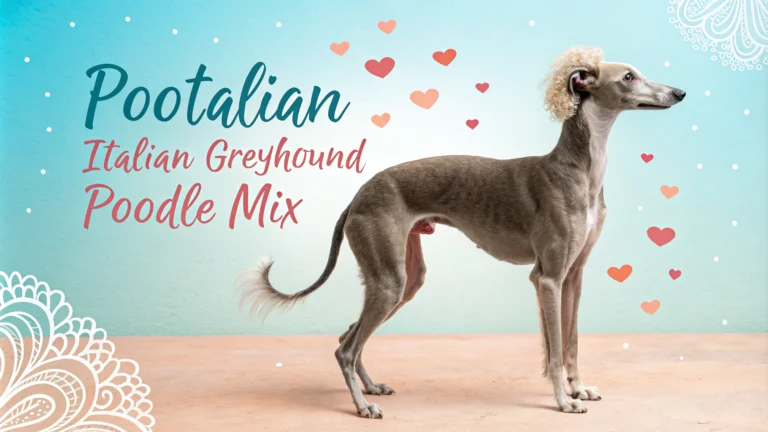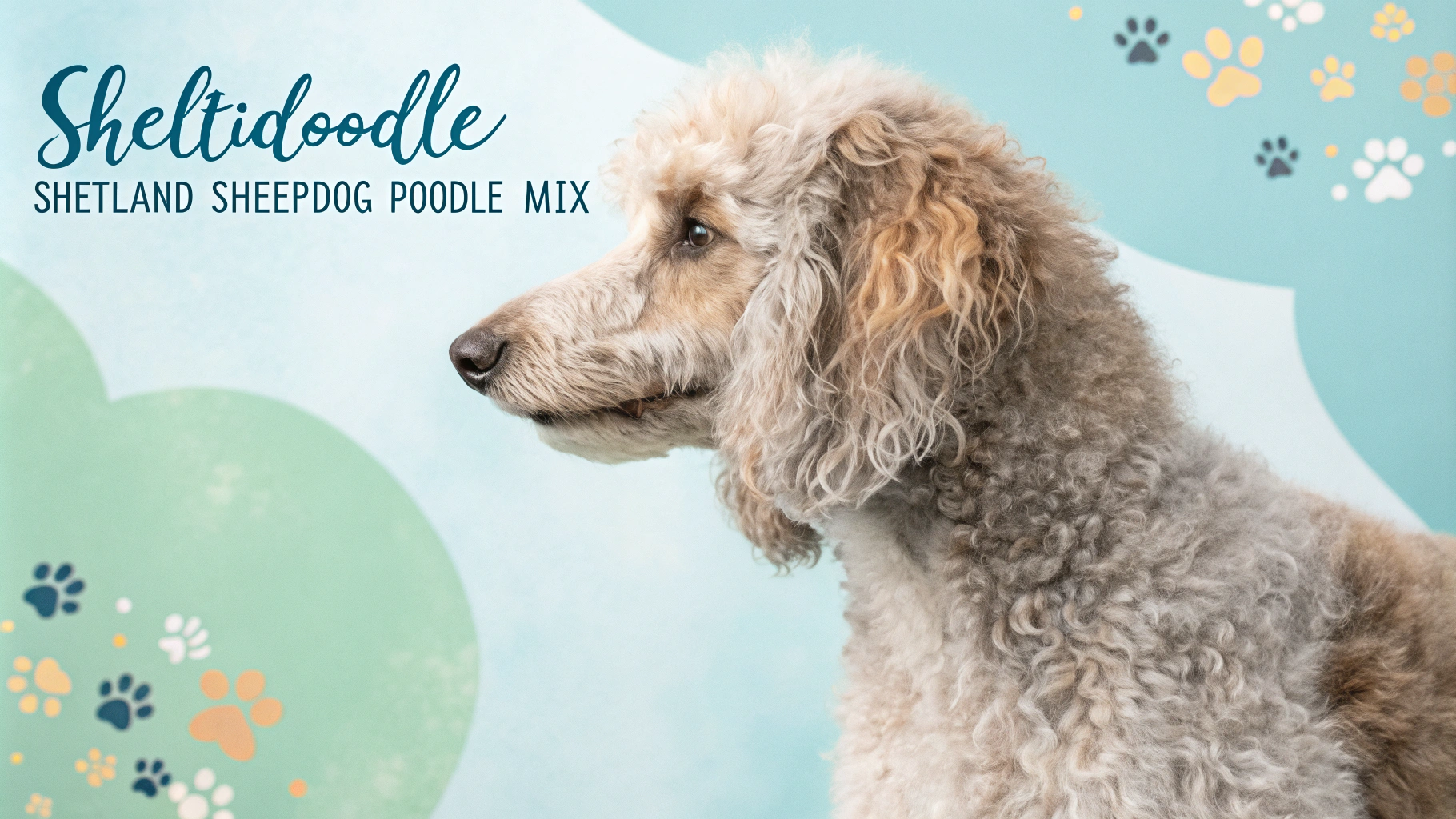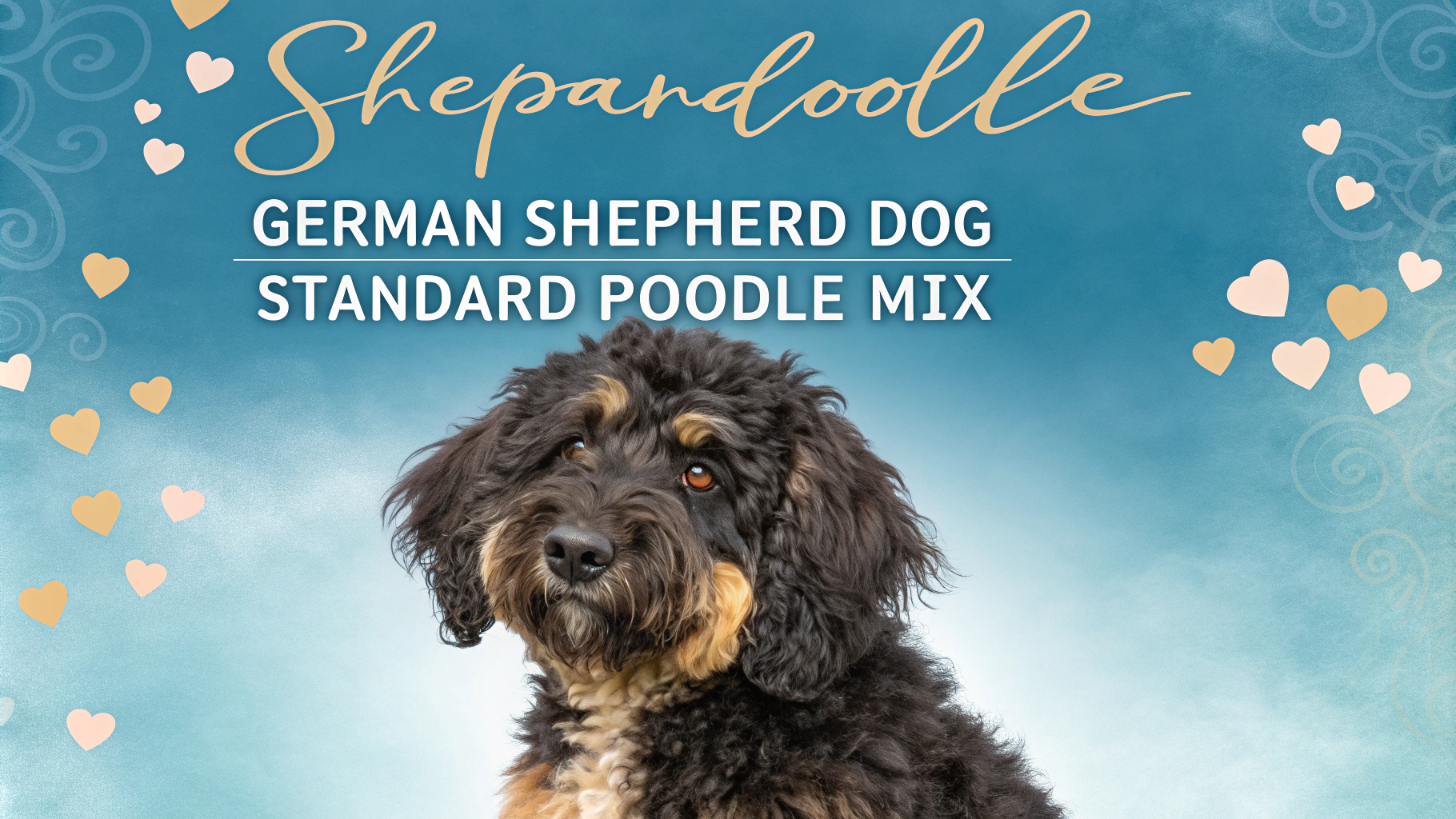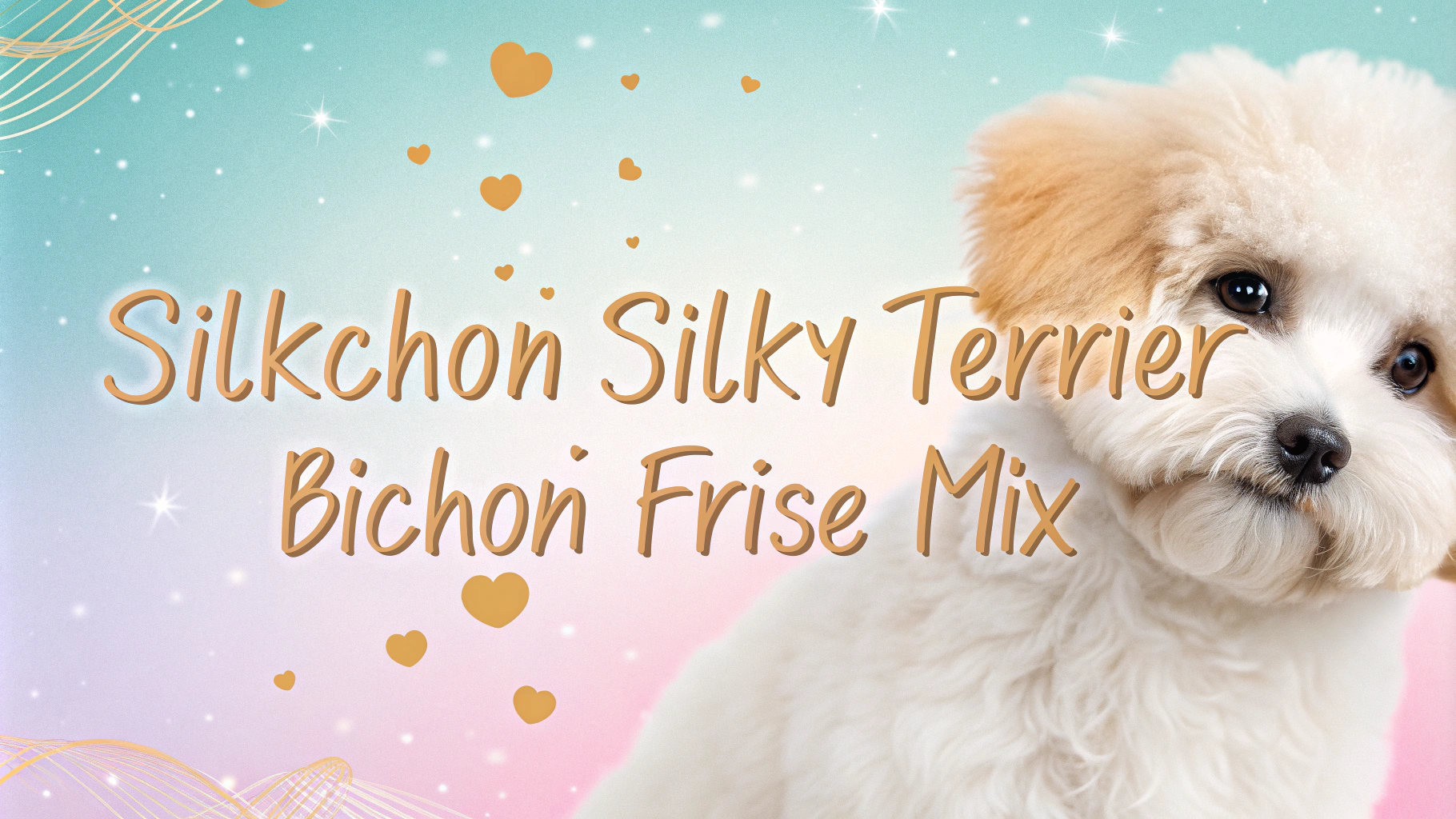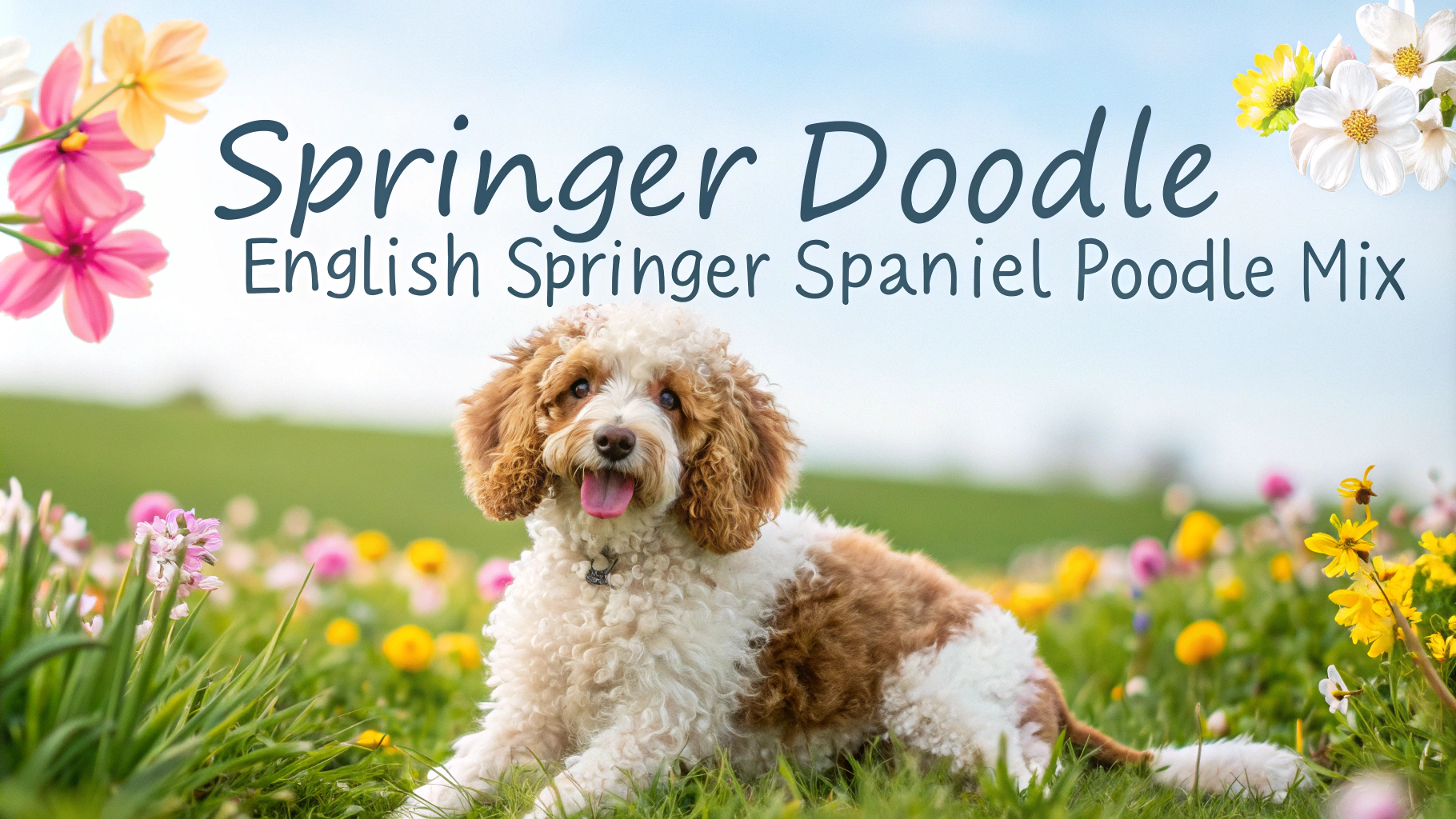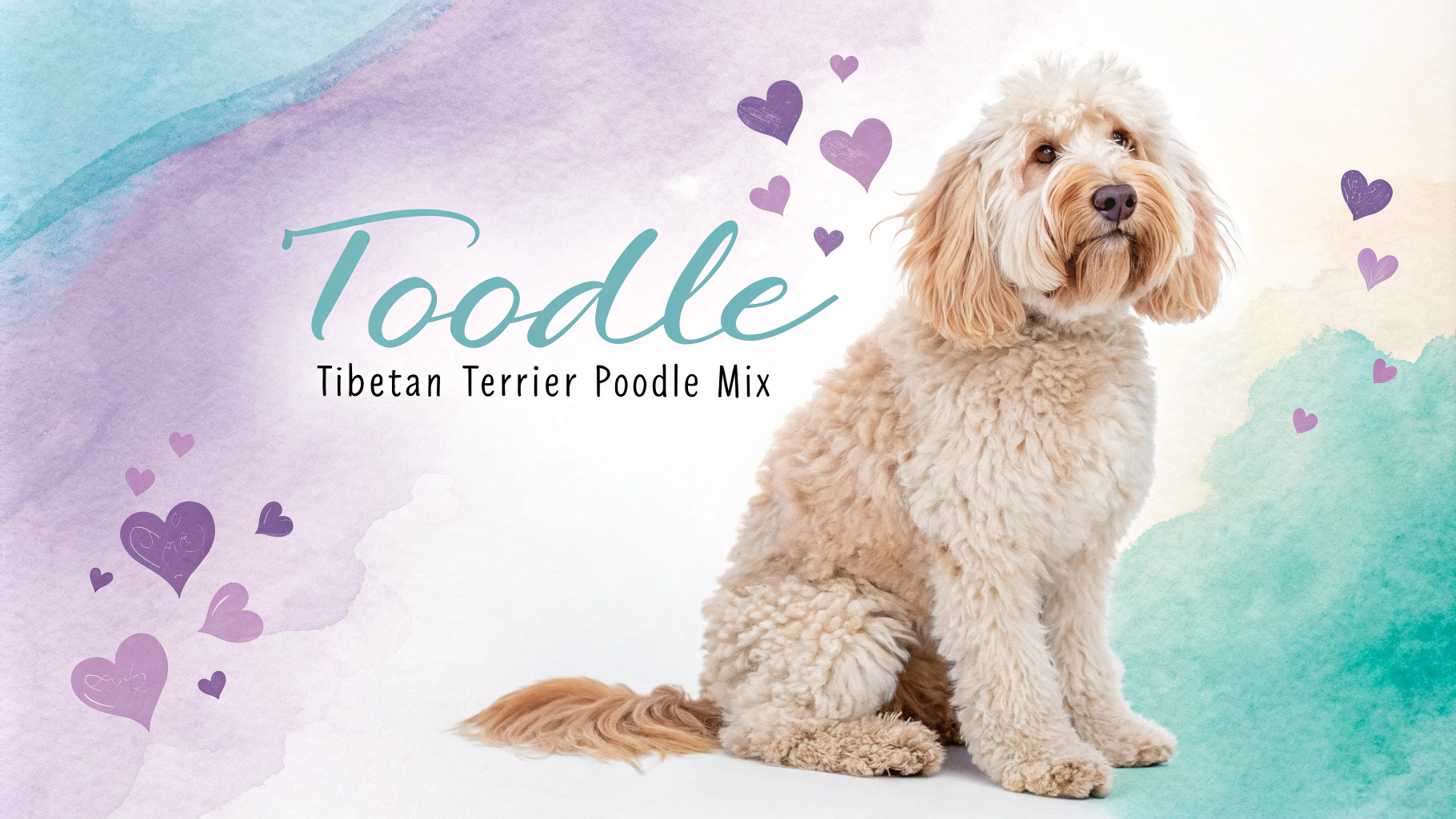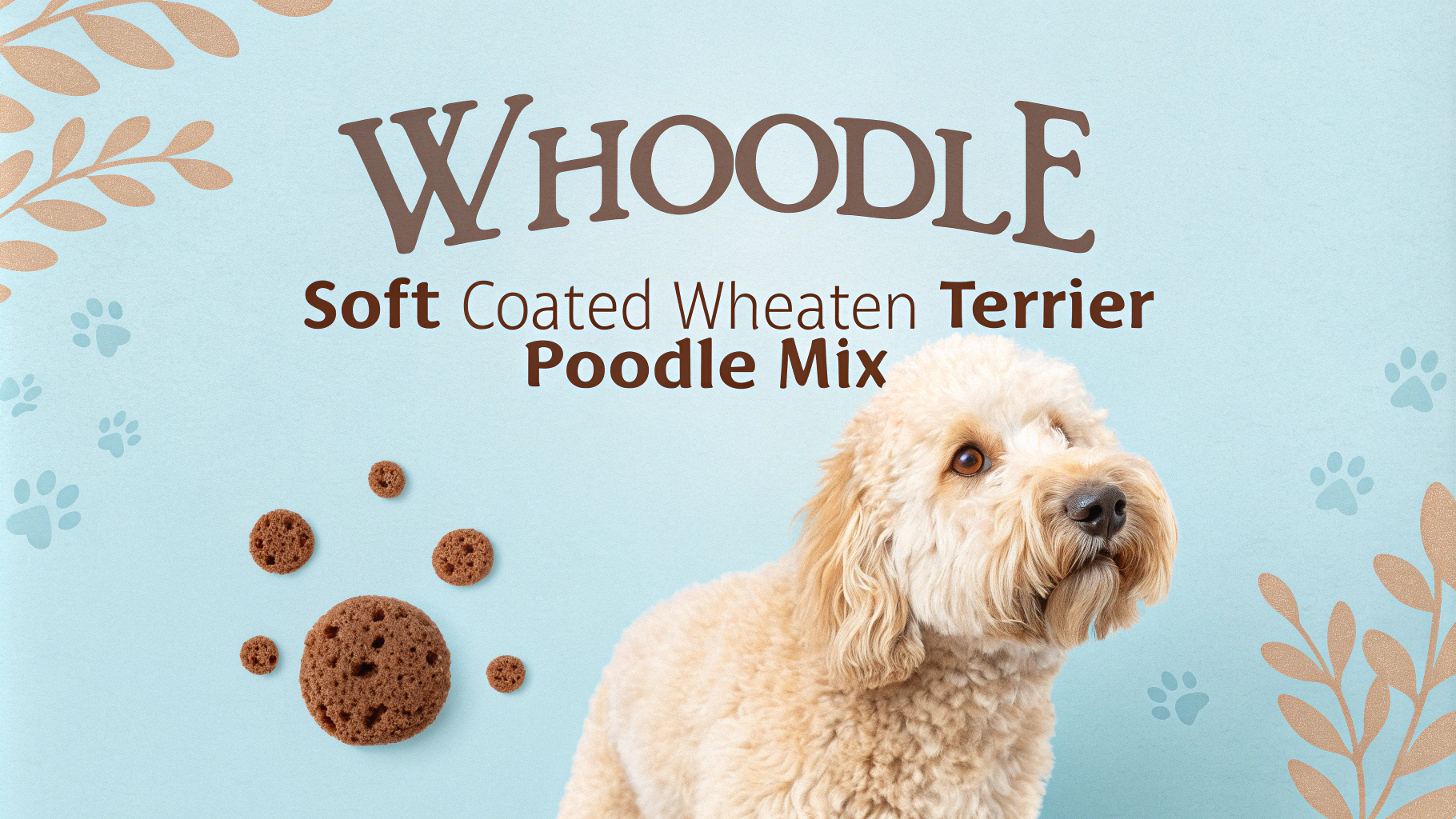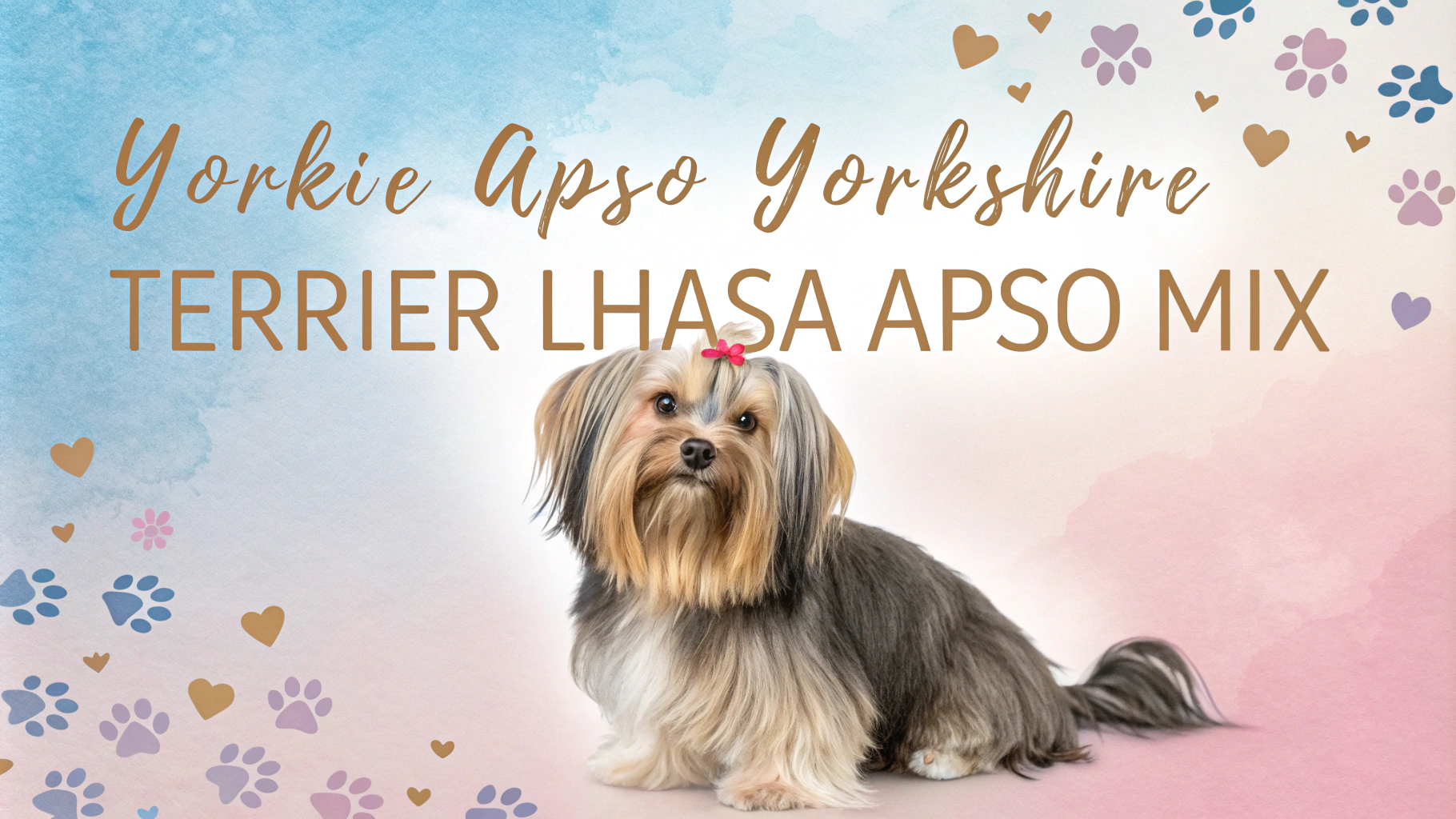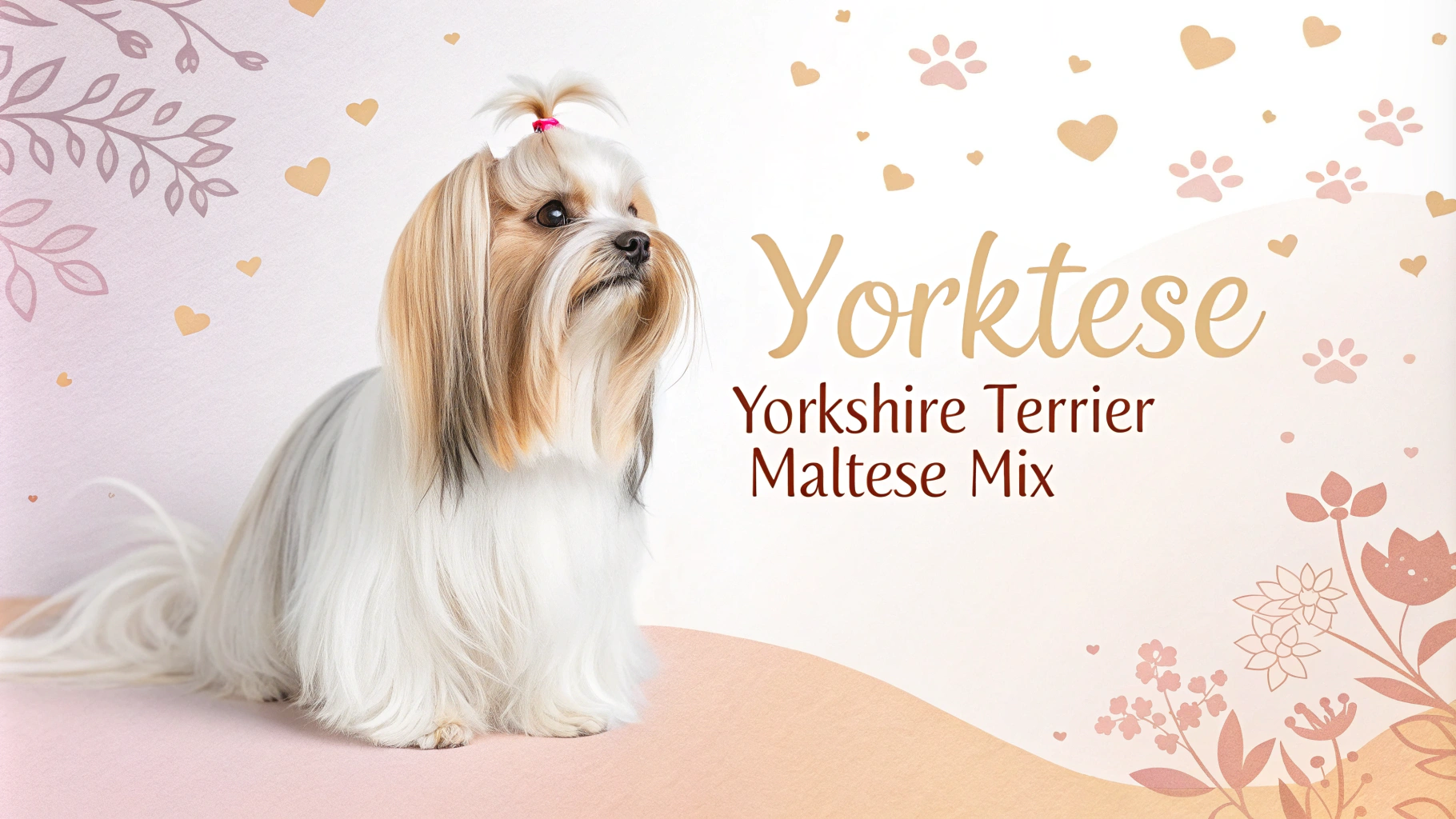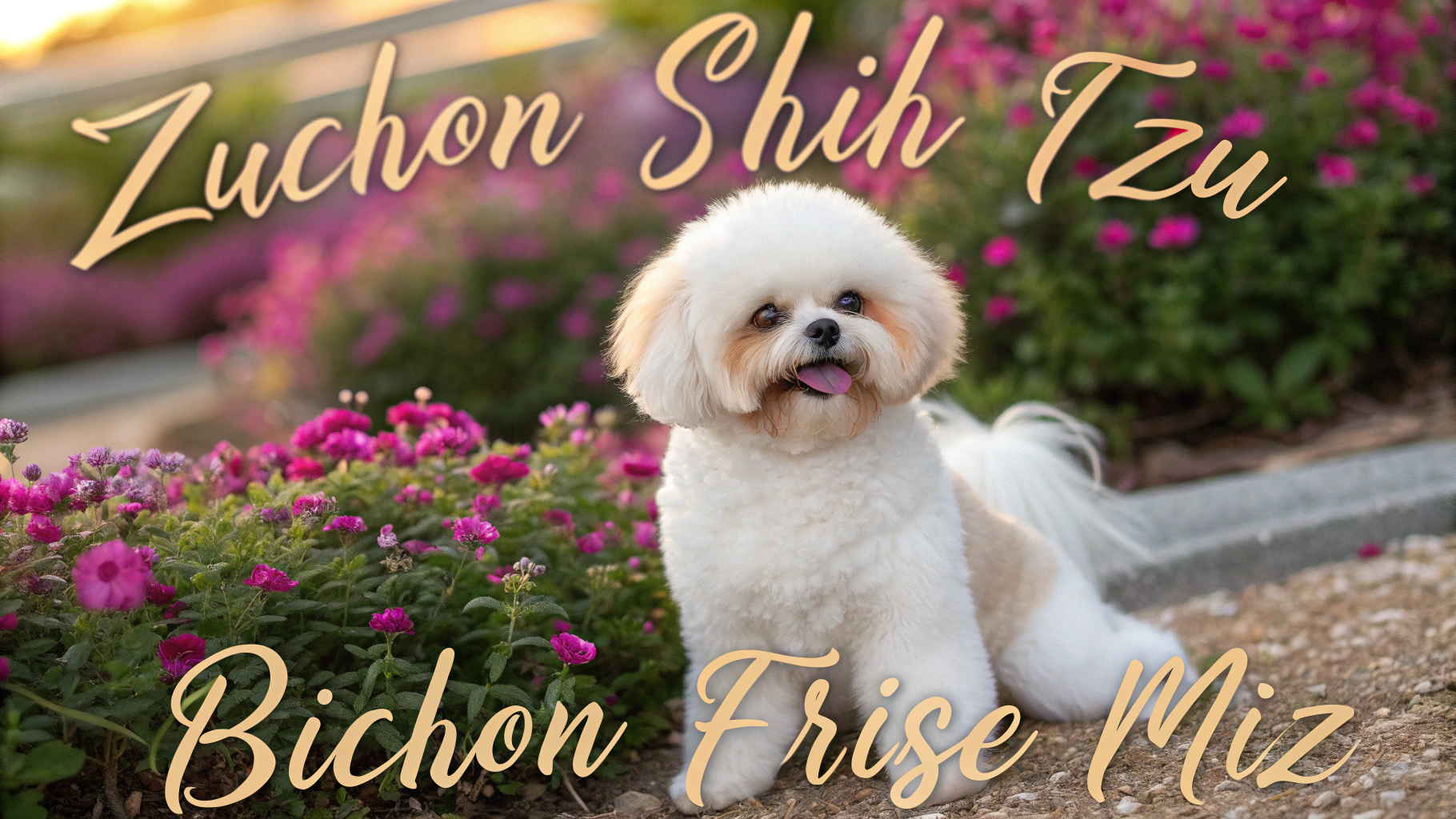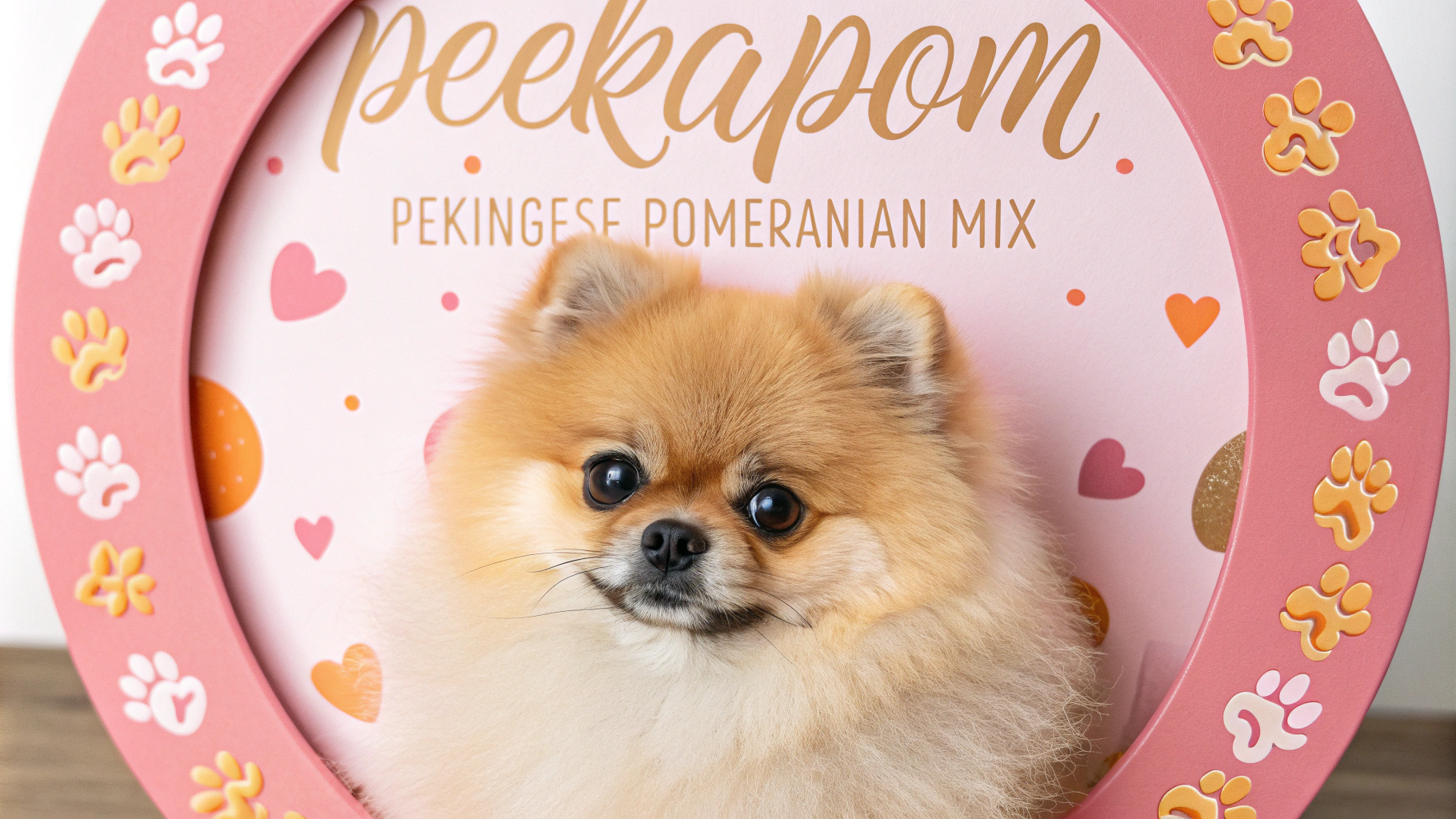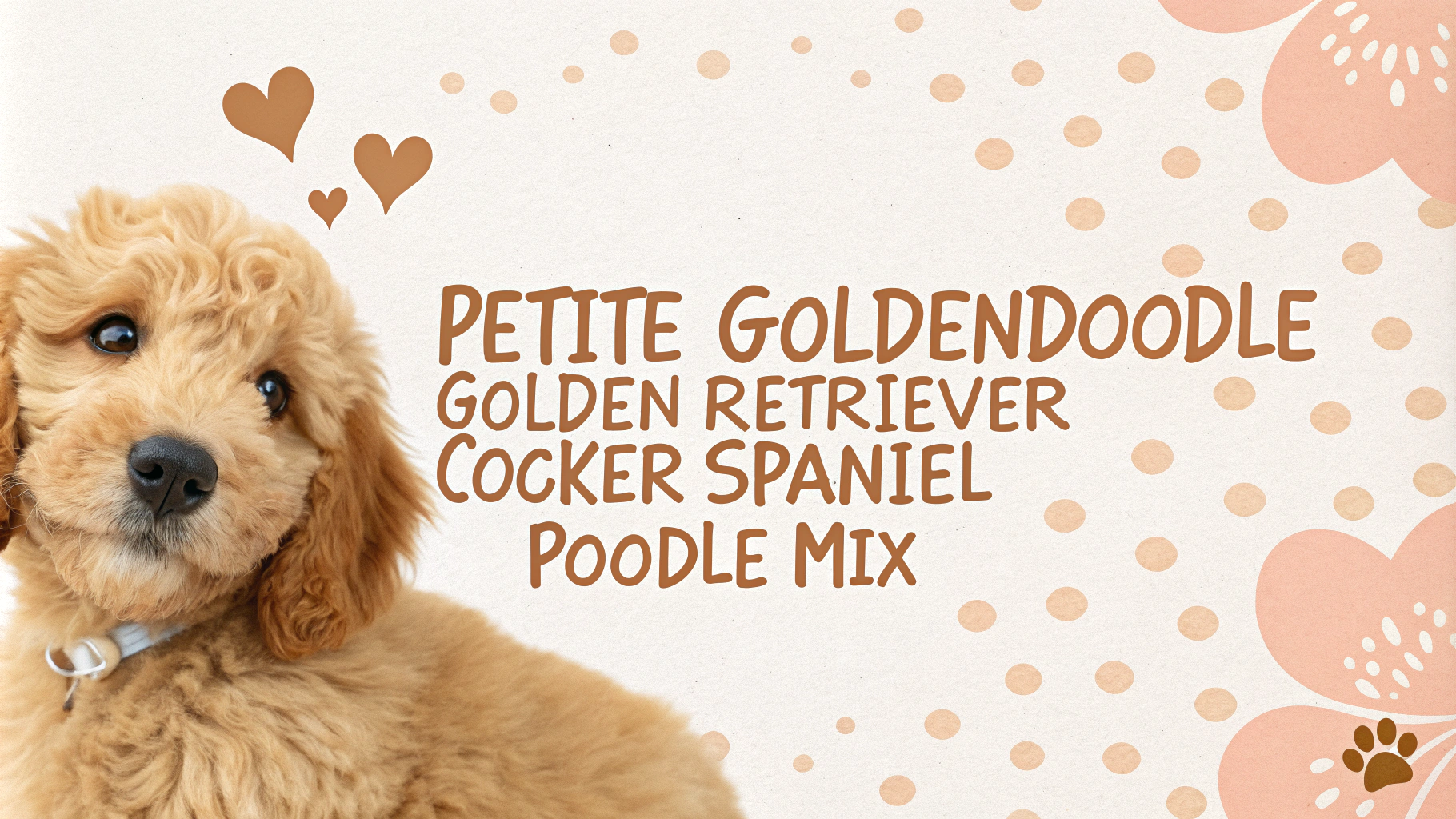The Pootalian is a designer dog breed that combines the Italian Greyhound and the Poodle. This unique mix brings together the elegance and speed of the Italian Greyhound with the intelligence and hypoallergenic coat of the Poodle. Pootalians are known for their affectionate nature, high energy levels, and adaptability to various living situations. As with many designer breeds, the Pootalian’s characteristics can vary depending on which parent breed’s traits are more dominant.
Key Facts
- Size: Small to medium, typically weighing between 8-20 pounds
- Life expectancy: 12-15 years
- Coat: Can vary from short and sleek to longer and curly, often low-shedding
- Colors: Wide variety, including black, white, brown, gray, and various combinations
- Intelligence: High, inheriting the Poodle’s keen mind
- Exercise needs: Moderate to high
- Temperament: Affectionate, energetic, and sociable
Character Traits
Pootalians are known for their lively and affectionate personalities. They often inherit the Poodle’s intelligence and eagerness to please, making them highly trainable. From the Italian Greyhound side, they may display a gentle and sometimes shy nature. These dogs are typically very loyal to their families and can form strong bonds with their owners. Pootalians are generally good with children and other pets when properly socialized. They have a playful spirit and enjoy interactive games and activities. Due to their intelligence, they may become bored easily and require mental stimulation to prevent destructive behaviors. Pootalians can be sensitive dogs, responding well to positive reinforcement but poorly to harsh correction. Their alert nature makes them good watchdogs, though they are rarely aggressive.
History & Origins
The Pootalian is a relatively new designer breed, likely originating within the last few decades as part of the trend towards creating hybrid dogs. While the exact origins are not well-documented, it’s believed that breeders aimed to combine the elegance and speed of the Italian Greyhound with the intelligence and hypoallergenic qualities of the Poodle. The Italian Greyhound has a history dating back over 2,000 years, originally bred as a companion dog for nobility in Mediterranean countries. Poodles, despite their association with France, actually originated in Germany as water retrievers. The combination of these two distinct breeds in the Pootalian was likely an attempt to create a small, intelligent, and low-shedding companion dog that would appeal to allergy sufferers and those looking for an energetic yet manageable pet. As with many designer breeds, the Pootalian is not recognized by major kennel clubs but has gained popularity among dog enthusiasts seeking unique and adaptable companion animals.
Health Concerns
Pootalians, like many mixed breeds, can inherit health issues from both parent breeds. Common concerns include:
- Dental problems: Italian Greyhounds are prone to dental issues, which may be passed on to Pootalians.
- Patellar luxation: This knee condition is common in both parent breeds.
- Eye problems: Progressive retinal atrophy and cataracts can occur.
- Hypothyroidism: Inherited from the Poodle side, this condition affects the thyroid gland.
- Skin allergies: Pootalians may be prone to various skin sensitivities.
Regular veterinary check-ups, dental care, and genetic testing can help manage these potential health issues. It’s important to obtain your Pootalian from a reputable breeder who conducts health screenings on parent dogs.
Exercise Needs
Pootalians have moderate to high energy levels, requiring regular exercise to maintain physical and mental well-being. Daily exercise recommendations include:
- Walks: 30-60 minutes of brisk walking or jogging per day, split into two sessions.
- Playtime: 15-30 minutes of interactive play, such as fetch or tug-of-war.
- Mental stimulation: Puzzle toys and training sessions to engage their intelligent minds.
These dogs enjoy agility training and can excel in dog sports. However, be cautious of overexertion, especially in hot weather, as they may inherit the Italian Greyhound’s sensitivity to extreme temperatures. Always provide fresh water and monitor your Pootalian during exercise to prevent overheating or exhaustion.
Space Requirements
Pootalians are adaptable dogs that can thrive in various living situations, including:
- Apartments: Their small to medium size makes them suitable for apartment living, provided they receive adequate exercise.
- Houses: They enjoy having a yard to play in but don’t necessarily require large outdoor spaces.
- Urban or suburban settings: Pootalians can adapt well to city life or quieter neighborhoods.
Regardless of living space, Pootalians need a comfortable indoor area with their own bed, toys, and access to fresh water. They may inherit the Italian Greyhound’s sensitivity to cold, so ensure they have warm bedding and clothing for colder weather. A secure, fenced area is ideal for outdoor play, as they may have a prey drive and tendency to chase small animals.
Nutrition & Feeding
A balanced diet is crucial for maintaining the health and energy levels of Pootalians. Consider the following nutritional guidelines:
- High-quality dog food: Choose a premium commercial dog food or consult with a veterinarian about a homemade diet.
- Portion control: Feed according to age, size, and activity level to prevent obesity.
- Meal frequency: Typically, 2-3 small meals per day for adults, more frequent for puppies.
- Special considerations: Some may have food sensitivities, so monitor for allergic reactions.
Avoid overfeeding, as Pootalians can be prone to weight gain. Fresh water should always be available. Treats should be given in moderation and can be used as training rewards. Consult with a veterinarian to create a tailored nutrition plan that meets your Pootalian’s specific needs, taking into account their age, weight, and any health conditions.
Grooming Tips
Pootalians typically have a coat that combines characteristics of both the Italian Greyhound and Poodle, which can vary in texture and length. Regular brushing, at least 2-3 times a week, is essential to prevent matting and reduce shedding. These dogs may require professional grooming every 6-8 weeks, depending on their coat type. Bathing should be done as needed, usually every 4-6 weeks, using a gentle dog shampoo.
Pay special attention to their ears, checking and cleaning them weekly to prevent infections. Trim their nails every 2-3 weeks or as needed. Brush their teeth several times a week to maintain good oral hygiene. Some Pootalians may have sensitive skin, so use hypoallergenic products when possible. Regular grooming sessions also provide an opportunity to check for any skin issues, lumps, or abnormalities.
Training Approach
Pootalians are generally intelligent and eager to please, traits inherited from both parent breeds. Early socialization and positive reinforcement training methods work best for this mixed breed. They can be sensitive, so harsh corrections should be avoided. Consistency and patience are key in training sessions.
Focus on basic obedience commands, house training, and leash manners from an early age. Pootalians may inherit the Italian Greyhound’s independent streak or the Poodle’s high energy, so engaging training sessions that include mental stimulation are beneficial. Agility training or trick training can be excellent ways to challenge their minds and bodies.
Keep training sessions short and fun to maintain their interest. Use positive reinforcement techniques such as treats, praise, and play rewards. Address any potential separation anxiety early on through gradual desensitization and confidence-building exercises. With proper training and socialization, Pootalians can become well-behaved, adaptable companions.
